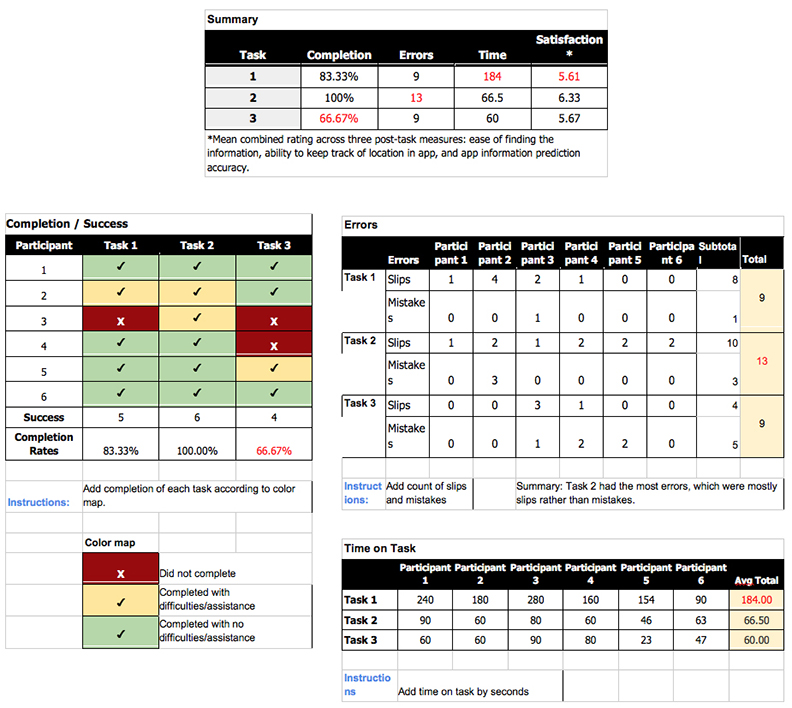About the project
Under President Obama, a research effort to revolutionize how health and disease are treated known as the “Precision Medicine Initiative” (PMI) was launched. The purpose of PMI is to move away from a “one-size-fits-all” approach to medicine which can be successful for some patients but not for others ("White House Precision Medicine Initiative", 2018). We designed Idiosyncratic, a health management application using blockchain technology that allows users to take charge of their own health data, with the goal to create an application that enables patients to easily enter their health information (health status, emotional states, daily regimen, exposure to negative environmental effects, activity levels, and physiological states), create trust between patients and health clinics and health care providers, and generate simple and personalized results. The application will work in conjunction with the All of Us research program to accelerate research and improve health.My Role
For this project, I created the responsive wireframes for Outlier’s website consisting of desktop, tablet, and mobile device. I also created the process flow and prototype for the mobile application.Project Goals
Goal 1: Create an application that easily allows patients to enter their health information (health status, emotional states, daily regimen, exposure to negative environmental effects, activity levels, physiological states)
Goal 2: Create trust between patients and health clinics
Goal 3: Generate results that are easy to understand from the user’s health information.
Project Methods
A. Comparative Audit
B. User Interview
C. Peronas
D. Experience Map
E. Features Matrix
F. Low-fidelity Prototype
G. Usability Test #1
H. Mid-Fidelity Prototype
I. Usability Testing #2
Project Results
Comparative Audit
The competitors were be broken down into three different groups. The first group consisted of direct competitors. These applications were refined, modern, and performed reasonably well. The second group consisted of competitors that have similar actions as our proposed application but are either less refined or not on the same platform. The last group consisted of competitors who performed similar actions as our application but are dedicated solely on one area of health management. From the comparative audit, we were able to identify five key features:
- Profile: Age, Gender, Name, Race
- Record: Share, Export, Download, Edit, Delete
- Analysis: Risks
- Family Connection
- Healthcare Provider

User Interview
We conducted user interviews to answer these research objectives:
- Discover where in the process do people use health analysis tools.
- Learn why people use these health tracking or analysis tools or what they are hoping to accomplish.
- Find health tracking or analysis tools that need improvement.
- Find opportunities to improve the process in order to provide better results.
- Find what current methods people use to store their health data.
- Find opportunities to improve how they store their health data.



Usability Testing #1
In the first round of formative usability testing, we attempted to answer test objectives by having participants complete 3 tasks to collect quantitative data, which was being used to compare with the second user testing. A post-test questionnaire was given to elicit feedback and collect qualitative data from participants.

Usability Testing #2
In the second round of formative usability testing, our goal was to obtain quantitative and qualitative data to make actionable recommendations
to iterate on the design.
We tested participants using the same scenarios from the first round of testing, so we could compare the results. In addition, we added
two more tasks to the testing.


Conclusion
After reviewing and evaluating the goals we set forth at the beginning of the project, our team believes we have achieved those goals. Idiosyncratic allows for patients to not only input their health information but to share it with health institutions, relatives, and the All of Us research program. In order to create trust between users and health institutions, our team implemented the use of blockchain technology into our application. Lastly, by partnering with All of Us and by allowing users to share their health data, Idiosyncratic provides a personalized analysis and results based on all sources of the users’ health data and promote discovering new medicine, care, and medical treatments that are unique to individuals.